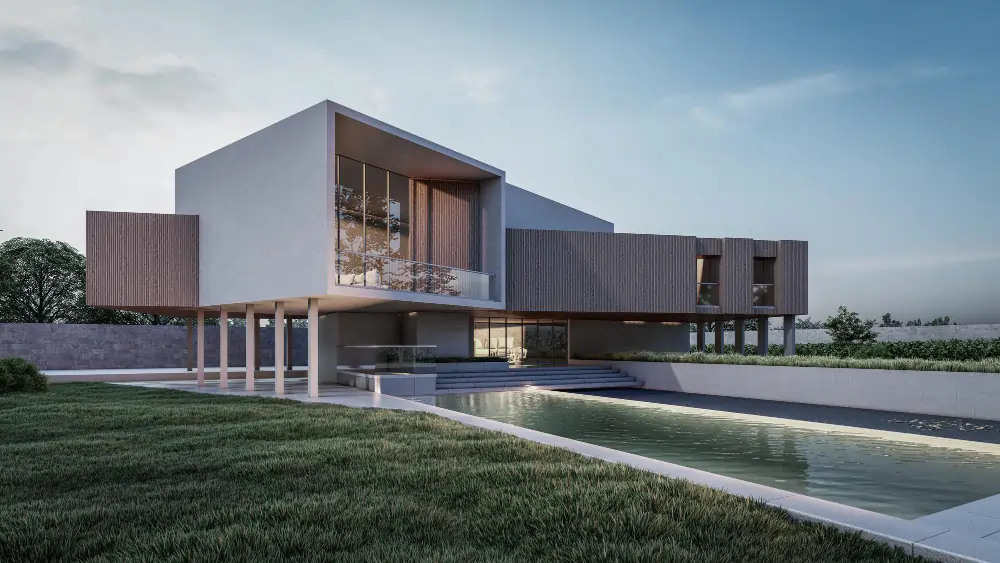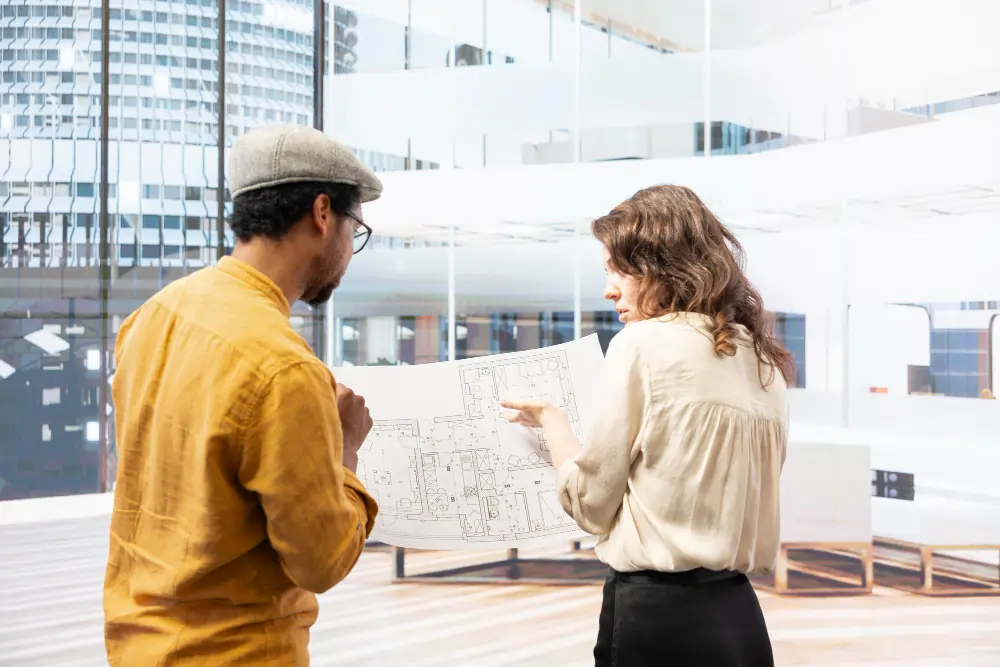Lorem ipsum adipiscing purus fermentum. Praesent vitae quam sed...


With every passing year, energy efficiency is becoming a major priority for building owners in the US. This trend is not surprising, given the rising concerns about climate change and the financial perks of energy efficiency.
But what's really interesting and notable here is the growing popularity of energy-efficient architecture. More and more people are now prioritizing energy efficiency right from the start and designing buildings accordingly.
Despite this popularity, there is still much confusion about how these architectural designs help maximize energy efficiency. If you are also having the same confusion, then ensure that you read this blog to the end for better insight.
In today's dynamic world, energy-efficient architecture or sustainable building design is very important for modern structures. So, let's understand the logic behind this before moving forward:
The first and most important reason here is protecting the environment. Buildings consume a lot of energy and contribute to 39% of total energy-related emissions. This is why you need more energy-efficient buildings to slow down the effects of climate change in the long run. The right architectural design can reduce a building's carbon footprint significantly.
Most of what we use today relies on limited resources like fossil fuels in some way. Energy-efficient architecture can help reduce this reliance on these resources, which harms the environment. This will increase the number of buildings using renewable energy resources.
Cost is one of the most important motivators for people to choose more energy-efficient architectural designs. This is one of the primary reasons why building owners choose these designs over conventional ones. Building with energy-efficient architecture gives you savings and ensures you make better use of them.
Not many people realize this, but energy-efficient buildings are more comfortable to live and work in. They tend to stay cooler in the summer and warmer in the winter, reducing the building's reliance on HVAC systems. This ensures proper ventilation and insulation for more comfortable and pleasant indoors.
Over the years, engineering and construction have evolved greatly to make buildings more energy-efficient. This has led to the growth of countless innovations in low-energy architecture for better efficiency. So, let's take a closer look at some of these innovative ways:
Optimizing a building's insulation is one of the most effective ways to make it more energy-efficient. Most people are now using high-quality insulation materials like rigid panels or spray foam.
This helps keep the place cooler in summer and warmer in winter. You can think of these modern insulations as cozy blankets for your building, helping it adjust to different temperatures and preventing energy waste.
Another important thing you will notice in buildings with energy-efficient architecture is their unique orientation. These engineers position the structure in a way that maximizes its exposure to natural light from the sun. This helps reduce the need for artificial lighting, helping boost overall energy efficiency.
You must try to get an east-west alignment where the longest wall faces either north or south. This helps even out the distribution of sunlight for better energy efficiency. You can incorporate features like skylights or angled windows to get better illumination without trapping heat.

The sun can do a lot more than provide you with warmth. With a passive solar design, you can leverage our star's power to optimize the building's energy use. Choosing the right materials and placing windows strategically can help illuminate indoors without artificial lights.
You must install south-facing windows in the building to capture maximum solar power in the winter. During the summertime, you can use shades or overhangs to prevent overheating. You can also use thermal mass like brick or concrete to absorb and slowly release the heat from the building.
Smart technologies are among the most effective ways to enhance a building's energy efficiency. Systems like automated HVAC and lighting controls can make adjustments based on the time of day and occupancy. This is a great way to save energy without having to sacrifice comfort.
You can also use advanced sensors to monitor humidity, temperature, and air quality in real-time. This will ensure the building's interiors are in optimal condition without wasting any resources whatsoever. You can connect these technologies to a centralized app or hub to get full control over the building in real-time.
While smart technologies are very helpful, you can also use sustainable roofing solutions to achieve more energy efficiency. There are options like cool roofs and green roofs that offer great sustainable options for your building's roof. No matter how variable the climate demands are, these solutions will meet them all effectively.
Green roofs add a layer of vegetation that helps manage stormwater and provides natural insulation. On the other hand, you have cool roofs that use reflective materials to keep the building cooler in the summer months. This helps reduce the reliance on HVAC systems running continuously and helps you save more energy.
The use of environment-friendly building materials is one of the most effective ways to enhance a building's energy efficiency. You can choose materials sourced sustainably, like reclaimed wood or bamboo, that reduce the adverse effects on the environment.
This well-thought-out approach can also be very helpful in enhancing the building's insulation. Other than that, using paints with low VOC can also maintain energy efficiency without hampering the quality of space on the inside.
Leveraging energy-efficient and green building designs is a must for every building in today's day and age. This does not just mean that you will save more on operational costs but also means betterment of the environment.
Using eco-friendly building materials, sustainable roofing solutions, passive solar design and smart technologies can make a lot of difference. So, keep this information in mind and use it to your advantage while designing a building.
Lorem ipsum adipiscing purus fermentum. Praesent vitae quam sed...
Lorem ipsum adipiscing purus fermentum. Praesent vitae quam sed...